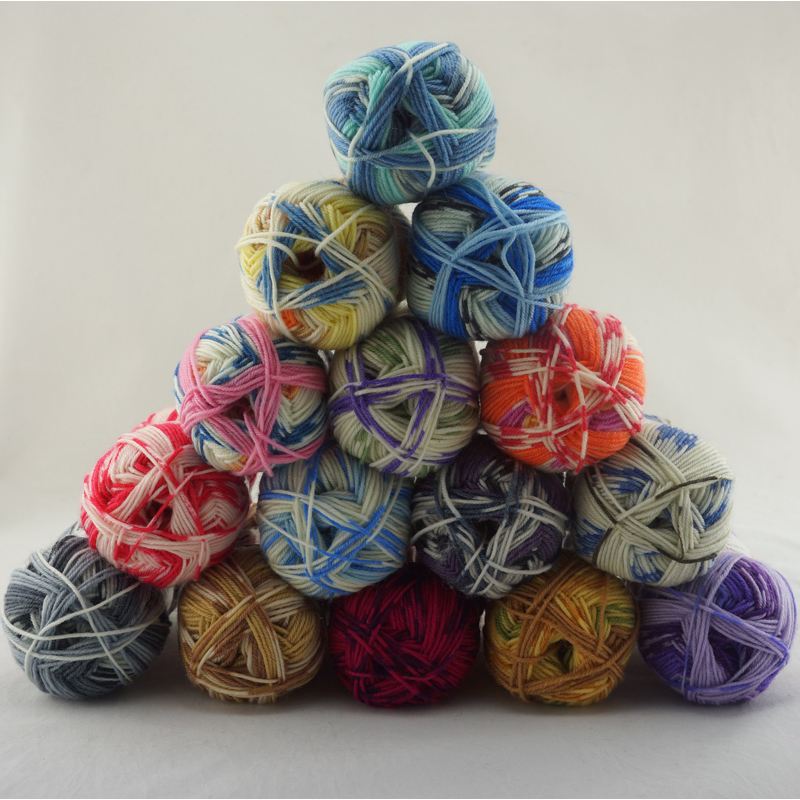The yarn structure of fancy yarn
Fancy yarns, with their flexible colors and varied yarn structures, express the unique three-dimensional relief effect of clothing and apparel, making clothing noble, soft, rich, three-dimensional, and naturally beautiful, meeting people's pursuit of fashionable life and personalized clothing.
Yarn is a thin and long product made by twisting fibers or filaments for the first time, with tensile strength and flexibility. Stranded yarn is a product made by combining two or more yarns and twisting them for a second time. Its fineness, strength, and uniformity are all improved compared to yarn. Strong is a product made from twisted strands that have undergone a third twisting process. There are many varieties of yarn and different hair types. This article divides them according to their structural characteristics.

The color between the upper and lower sections of a yarn should be uniform and consistent, depending on the uniformity of cotton mixing. There are two main methods for color spinning and cotton mixing: mixing cotton bales (cotton piles) on the cleaning machine and mixing cotton slivers on the drawing machine. The cotton bales (piles) mixed on the cotton cleaning machine are called "three-dimensional cotton mixing", which distributes various colored fibers in different parts of the yarn. The mixing of cotton strips on the drawing machine is called "longitudinal mixing", which combines white cotton strips with colored cotton strips in a certain mixing ratio to make strips.
Article source: Fancy Thread Manufacturer
-
05-27
The reason why fabrics containing spandex are prone to yellowing
Spandex is a commonly used fiber variety in our daily lives, characterized by good elasticity, low fineness, high elastic modulus (cracking elongation can reach 400-800), and low specific gravity. Spa
-
04-24
Colored non dyed nylon with synthetic fiber raw material
The current conventional fiber coloring mostly uses yarn dyeing method, which has long process, high loss, high cost, and the product has color difference and low color wash fastness. Yarn is prone to
-
03-26
What are the characteristics of non dyed spandex?
Non dyed spandex has also been widely used in recent years. Non dyed spandex fiber can be blended with fibers such as nylon, polyester, acrylic, cotton, wool, etc., which can give fabrics excellent el
-
02-24
The influence of yarn structure on fabrics
The basic characteristics of yarn include its appearance and shape, twisting characteristics, fiber transfer and distribution characteristics in the yarn, as well as the surface fuzz and internal loos
